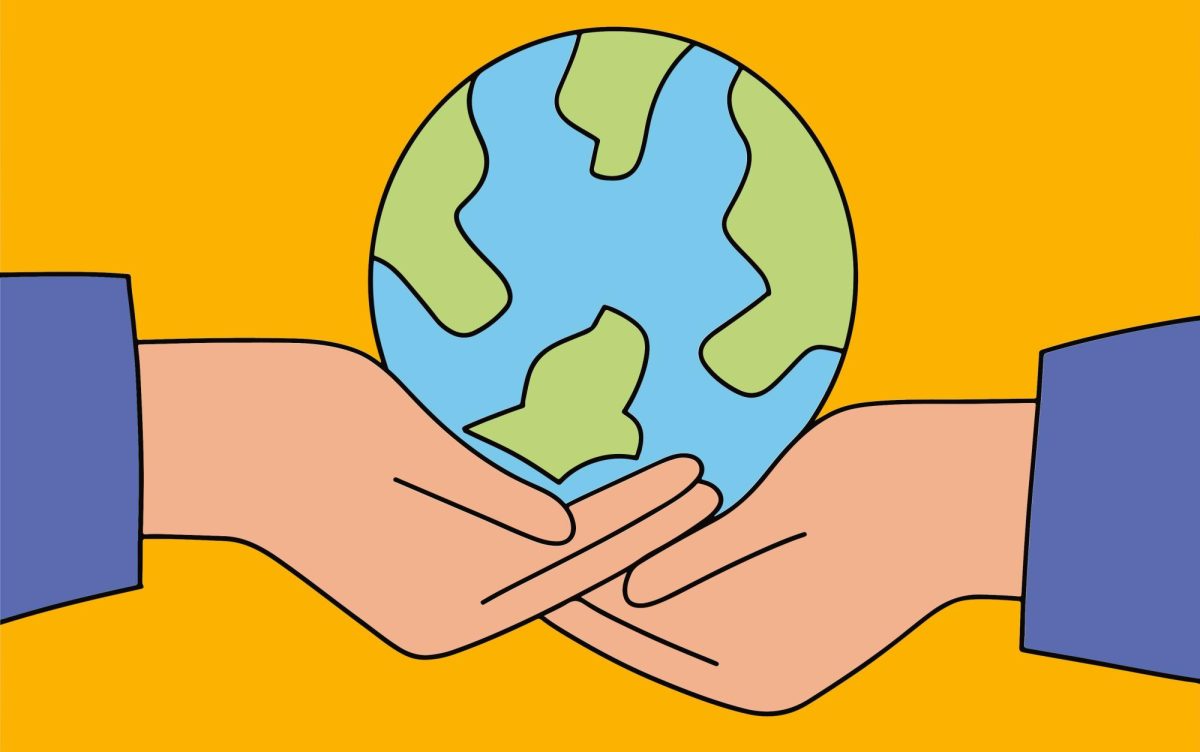As summer approaches, we are all anticipating the warm, sunny, beautiful days that the season has to offer. However, many people cannot help but notice that the weather we have experienced this year has been kind of “off”….even for Chicago. In March, the EU Climate Change Service reported that February 2024 was the hottest February we have ever experienced. As the years go on, these temperatures will only keep rising. In addition to rising temperatures, lakes have experienced wild swings in their levels, including our very own Lake Michigan. The climate crisis paints a grim picture for Chicago’s future as a warming world pushes Lake Michigan toward new extremes. This has resulted in higher highs and lower lows in recent years.
Another aspect to note is that as overall temperatures are rising, weather patterns and daily temperatures are fluctuating. Global warming is defined by the NASA Earth Observatory as the unusual, rapid increase in the Earth’s temperature. Climate change, long-term changes in weather and temperature patterns, is one result of global warming. Hotter temperatures, severe storms, loss of certain species, and increases in droughts are all examples of climate change playing its course.
The past few winters have not gone as expected. We have seen an overall decrease in snowfall, and in place of that, an overall increase in warmer winters. As the global climate changes, so do weather patterns. The National Weather Service found that “average temperatures [in Chicago] were roughly 8-9 degrees above normal this past December, making it one of the top five warmest Decembers on record…with the mild temperatures, monthly snowfall for the region was below normal.”
The complexity of this situation imposes a question: What is the root cause of this change? While there is no one single cause, the farming of livestock, the cutting down of trees, and the burning of fossil fuels are some of the major actions that are influencing temperature and climate patterns. They add excessive greenhouse gasses to the atmosphere. When an abnormal amount of greenhouse gas “blankets” the Earth, the sun’s heat gets trapped in the Earth’s atmosphere, and is prevented from leaking back into space. This continuous process has led to an overall increase in the Earth’s temperature.
One action you can take is to save energy in your home, whenever possible. By doing this, you will reduce your carbon footprint. Additionally, try to walk, bike, or take public transportation, whenever you can. You can carpool with friends! Further, finding ways to recycle and reuse is a great way to protect the climate. Finally, speak up! Encourage those around you to take similar actions and make them aware of the major issue our planet is facing.
Every bit of effort truly helps and, hopefully, we can combat global warming by joining hands and working together. As the next generation, it is important that we do all we can in our power to mitigate global warming and its effects.






